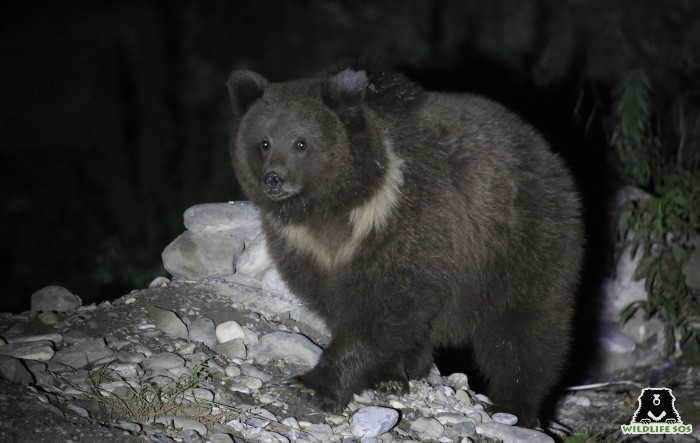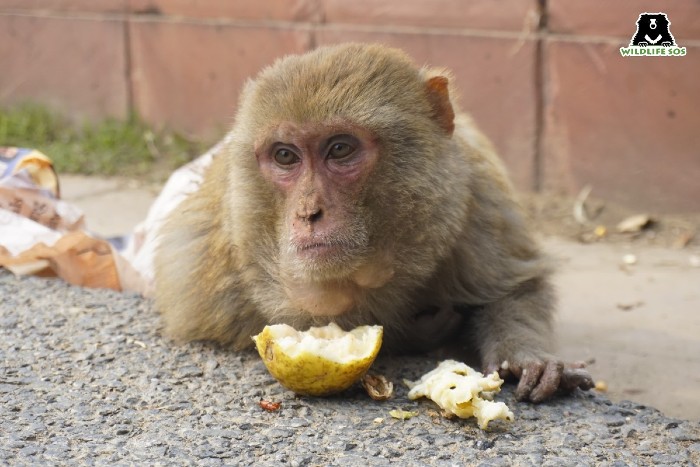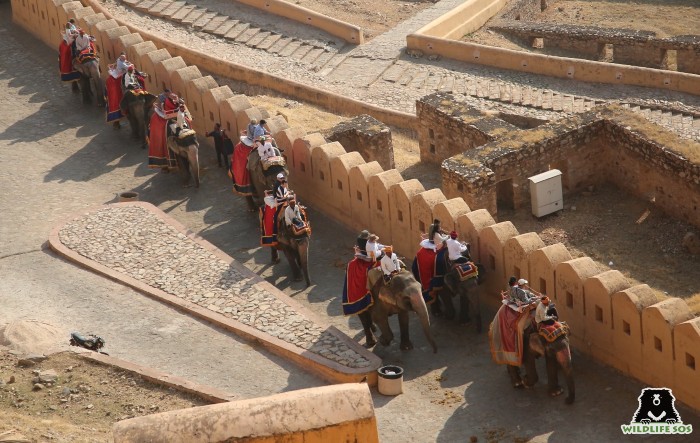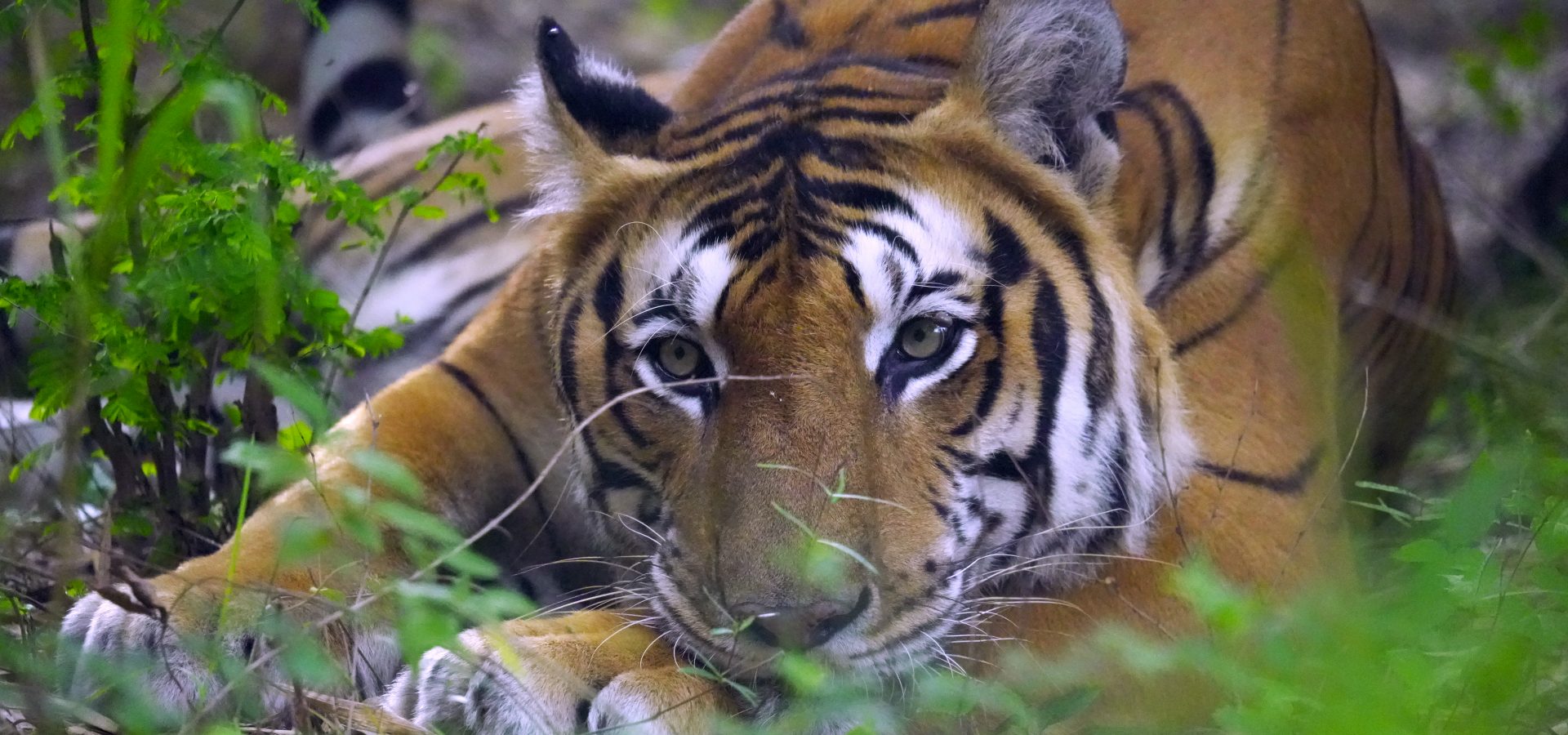Tourism is a multifaceted activity driven by humanity’s innate curiosity to know more about our world. It encompasses visits to centuries-old landmarks and modern attractions developed to captivate today’s travellers. Tourism contributes significantly to economic development, and provides livelihoods to several who invest their time and effort towards this crowd-pulling industry. India, recognising its potential for economic and cultural benefits, established the Ministry of Tourism and Communication in 1948. In commemoration of this integral sector, National Tourism Day is celebrated annually on January 25th.
India has been showcasing all her resources, be it her natural beauty, her culture, or her diverse history, to attract tourism. In recent years, there has been a noticeable shift in tourists’ preferences, with a growing interest in outdoor adventure and a curiosity about the natural world. Animals in their habitats and in sanctuaries appease tourists who wish to learn more about the other species that share their planet. As urbanisation rapidly intrudes nature’s terrains, it continues to distance people from it and its original inhabitants. The allure of the wild has therefore intensified, leading to a notable rise and the popularity of wildlife tourism.

Once being a ‘sportsman’s paradise for big and small game hunting’, the theme for wildlife tourism is now all about ‘preserving wildlife’. Wildlife tourism is emerging as a prominent niche in India. Blessed with a great wealth of wildlife in almost all parts of the country, India has around 998 protected areas, which include 567 wildlife sanctuaries, 106 national parks, 220 community reserves, and 105 conservation reserves.
Wildlife tourism has numerous advantages, both for the visitors and the ecosystem. Beyond providing individuals with the opportunity to connect with nature, it also brings forth substantial economic benefits, particularly to local communities and stakeholders, that cannot be overlooked. More importantly, wildlife tourism can play a vital role in the conservation of endangered species, as the revenue generated from this industry can be assigned to the preservation of these habitats.

Just as every coin has two sides, wildlife tourism has its own set of challenges, particularly when the ethical line between exploration and exploitation blurs. With rising awareness, the once-enticing experience of elephant rides has now morphed into a reminder of unethical practices. Attractions showcasing animal tricks and exotic photo opportunities often involve coercive training, drugging, and inadequate living conditions for them.
The trade in wildlife souvenirs that are fashioned from endangered species often include ivory, feathers, or shells; fueling illegal wildlife trafficking and threatening these species even further. It is also important to note that such activities are not only morally questionable, but also illegal under the Wildlife Protection Act, 1972 which prohibits the buying and selling of items derived from animals protected under the law.
Overcrowded sanctuaries and reserves, a byproduct of ethically unaware tourism, creates stress for animals, disrupting their natural tendencies and habitats. Feeding practices aimed at attracting wild animals to come closer can result in permanent behaviour alterations, making them dependent on human-provided food, and heightening their aggression.
Beyond animal mistreatment, the lack of regulations in wildlife tourism exposes animals to harmful encounters. Tourists may get too close to wildlife, disturb natural habitats, or engage in activities that can directly and indirectly harm the animals. In some safari operations, guides may interfere with the natural behaviours of animals — like chasing them for a better view — which causes stress and impacts the well-being of the wild.

Unfortunately, certain wildlife tourism ventures also fall short of contributing to conservation efforts or supporting local communities. Responsible tourism needs to prioritise sustainability and actively support initiatives that protect habitats and species, ensuring a harmonious coexistence between humans and wildlife.
Being an ethical tourist involves more than just witnessing the beauty of the wild; it also requires a commitment to conservation and respect for the environment. As we celebrate National Tourism Day, let us revel in the joy of exploration with a pledge to be stewards of the wild. This means choosing experiences that prioritise the safety of animals and the protection of their natural habitats.
Aligned with this commitment, Wildlife SOS collaborates with the Responsible Tourism Society of India (RTSOI) to advocate for sustainable tourism. Our aim is to foster cruelty-free experiences that prevent the exploitation and illegal trafficking of animals. Upholding these principles, we have established partnerships with various communities, including Rare India—a collective of conscientious hoteliers—and many travel agencies, to amplify awareness and promote responsible tourism practices.

In the fight against these unethical practices, Wildlife SOS urges tourists to discerningly opt for responsible destinations. We invite you to visit the Elephant Conservation and Care Centre and Agra Bear Rescue Facility, where animals rescued from distress are provided humane care. By gaining awareness on animal life and their significance on our planet’s ecosystem, we can collectively shun practices that perpetuate illegal wildlife trafficking and inflict cruelty on animals.
That’s why Wildlife SOS initiated the Refuse to Ride campaign, dedicated to combating the cruel elephant ride industry and enlightening people about the grim realities behind this seemingly innocent activity. Despite the picturesque scenes captured in colourful Instagram posts, the elephants used in attractions like Jaipur’s Amber Fort face distressing conditions, including beatings, excessive loads, untreated wounds, and various other forms of suffering. Stand with us in our mission by signing our petition to support India’s exploited elephants at RefuseToRide.org.
Together, let’s pave the way for a sustainable and compassionate approach to wildlife tourism.





